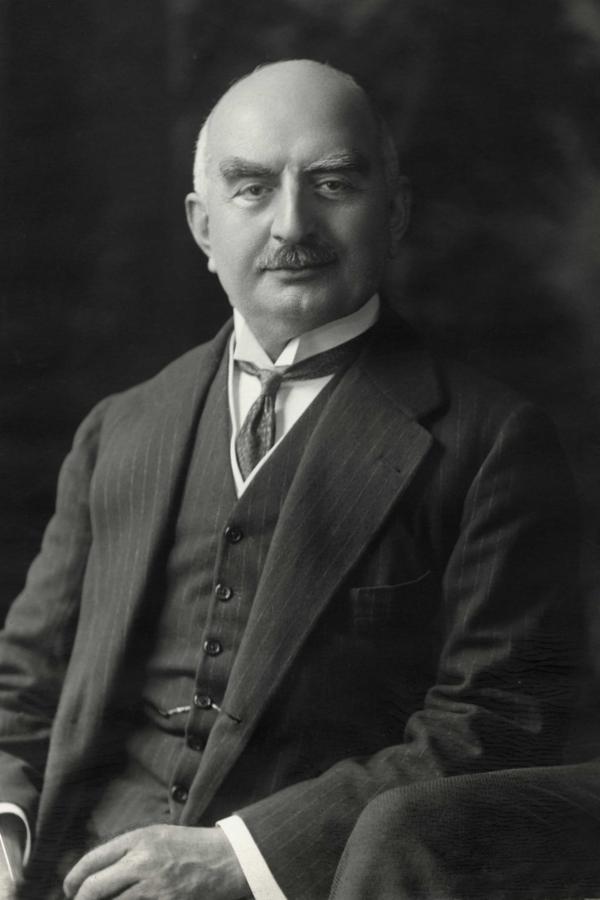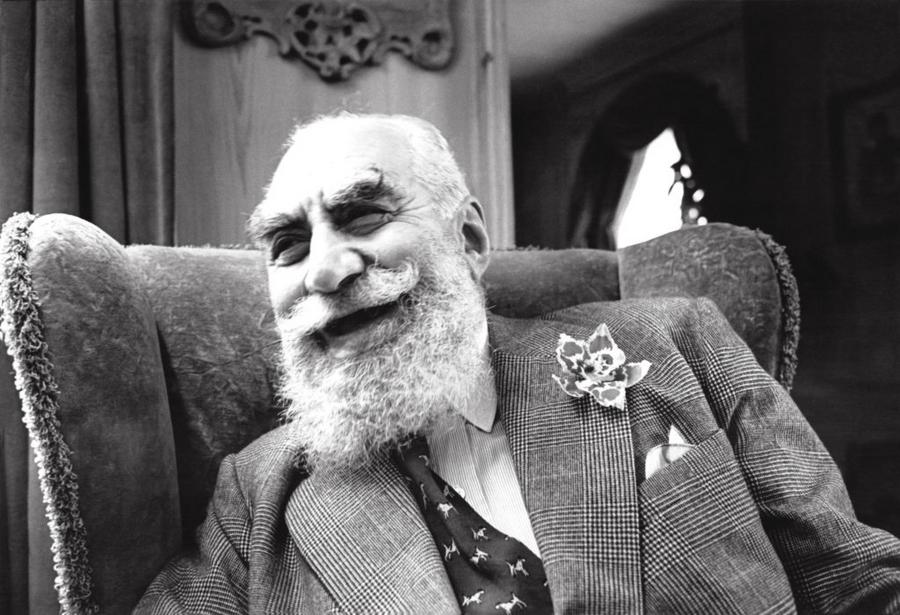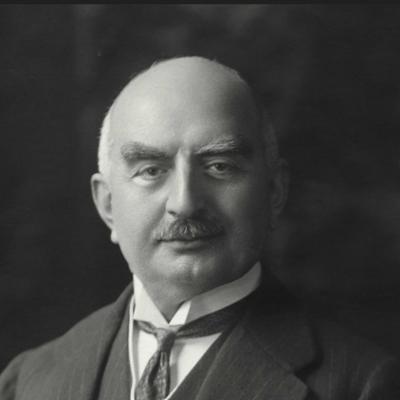Calouste Gulbenkian at a Glance
- Categories: Business > Billionaires, Business
- Net Worth: $8.6 Billion
- Birthdate: Mar 23, 1869 - Jul 20, 1955 (86 years old)
- Birthplace: Scutari, Constantinople, Ottoman Empire (present-day Üsküdar, Istanbul, Turkey)
- Profession: Petroleum engineer
Calouste Gulbenkian’s Net Worth: The Oil Tycoon’s Fortune and Legacy
Introduction: The Enigmatic Mr. Five Per Cent
Calouste Sarkis Gulbenkian, a name synonymous with oil, philanthropy, and art, was a remarkable figure whose influence spanned continents and industries. Known as “Mr. Five Per Cent” for his shrewd business practice of retaining a 5% stake in various ventures, Gulbenkian amassed a vast fortune and left an indelible mark on the world. This article delves into the life, career, and legacy of this influential Armenian-British oil magnate, exploring his financial success, his contributions to society, and the lasting impact of his endeavors.
At the peak of his wealth, after adjusting for inflation, Calouste Gulbenkian’s net worth reached an impressive $8.6 billion. Even without adjusting for inflation, his wealth was estimated to be between $200 and $800 million during the early 1950s. His ability to navigate complex geopolitical landscapes and his foresight in recognizing the potential of Middle Eastern oil reserves solidified his status as a pioneer in the industry.
Early Life and Education: A Foundation for Success
Calouste Gulbenkian’s journey began on March 23, 1869, in Constantinople, Ottoman Empire (present-day Istanbul). Born into an Armenian family with roots in the noble Rshtuni lineage, he received a privileged upbringing that emphasized education and exposure to diverse cultures. His father, Sarkis Gulbenkian, was an oil importer and exporter who owned oil fields in the Caucasus, providing young Calouste with an early understanding of the petroleum industry.
Gulbenkian’s education began at local schools such as Aramyan-Uncuyan and Lycée Saint-Joseph, followed by Robert College, an American educational institution in Constantinople. He later honed his language skills in Marseille before studying petroleum engineering at King’s College London, graduating at the age of 18. This diverse educational background provided him with a solid foundation for his future career, equipping him with technical knowledge and a global perspective that would prove invaluable in his business dealings.
Rise to Prominence in the Oil Industry
Fresh out of King’s College, Gulbenkian embarked on a journey to Baku, Azerbaijan, a significant oil center, to deepen his understanding of the industry. His observations and analyses led to an article for the French literary and cultural affairs magazine, *Revue des deux Mondes*. This work, along with his expertise, caught the attention of Hagop Pasha, the Ottoman Minister of Finance, who commissioned Gulbenkian to conduct an oil survey of Mesopotamia.
Gulbenkian’s survey, which revealed the vast oil deposits in Mesopotamia, convinced Pasha to secure land rights, effectively establishing the Ottoman oil industry. Gulbenkian subsequently established his own oil business, marking the beginning of his ascent in the industry. However, political instability and the Armenian genocide forced Gulbenkian and his family to flee the Ottoman Empire in 1896. They found refuge in Egypt, where he met oil magnate Alexander Mantashev, who introduced him to influential contacts in Cairo. Gulbenkian eventually settled in London, becoming a naturalized British citizen in 1902.
Mr. Five Per Cent: Gulbenkian’s Strategic Acumen
Calouste Gulbenkian’s strategic brilliance became evident in 1907 when he played a pivotal role in the merger of the Royal Dutch Petroleum Company and Shell Transport and Trading Company, resulting in the formation of Royal Dutch Shell. As a significant shareholder, he adopted a policy of retaining a 5% stake in the companies he helped create, earning him the moniker “Mr. Five Per Cent.” This shrewd business practice allowed him to amass considerable wealth and influence.
A cornerstone of Gulbenkian’s legacy was the establishment of the Turkish Petroleum Company, a consortium of Europe’s largest oil companies, with the goal of securing oil development rights in Mesopotamia. Following the dissolution of the Ottoman Empire, the company was granted exclusive rights for Mesopotamian oil exploration. In 1929, the company was renamed the Iraq Petroleum Company, solidifying Gulbenkian’s influence in the region. In 1938, he established Partex Oil and Gas Corporation in Panama to hold his oil industry assets, further demonstrating his mastery of business and financial structuring.

(Photo by: Photo 12/Universal Images Group via Getty Images)
Philanthropy and Art: A Legacy of Giving and Collecting
Beyond his achievements in the oil industry, Calouste Gulbenkian was renowned for his extensive philanthropy. He made significant donations to hospitals, schools, and churches, reflecting his commitment to improving society. He also stipulated that 5% of his oil profits be allocated to support families in the United States. Among his many notable contributions were the establishment of the St. Sarkis Armenian church in London and support for the creation of a library at St. James Cathedral.
Gulbenkian’s passion for art was equally significant. He amassed a vast art collection, which he housed in a private museum in his Parisian residence. Over his lifetime, he collected more than 6,400 artworks spanning from antiquity to the 20th century, including commissions from glass designer René Lalique. In accordance with his will, most of his collection is now displayed at the Museu Calouste Gulbenkian in Lisbon, Portugal, ensuring public access to his artistic treasures.
Personal Life and Family: The Gulbenkian Dynasty
Calouste Gulbenkian married Nevarte Essayan, and together they had two children, Nubar and Rita. His son, Nubar Gulbenkian, gained prominence in his own right. Nubar’s experience in the family business, including an early disagreement over expenses, led to a lawsuit against his father. This experience, highlighted the complex dynamics within the family, and ultimately influenced Calouste Gulbenkian’s will. Concerned about potential future disputes, he redirected approximately $420 million that would have gone to his children to the Gulbenkian Foundation.
Nubar Gulbenkian became known for his wealth and eccentric lifestyle. During World War II, he played a vital role in supporting the Allied armies by helping establish and maintain an underground network that supplied them. He also inherited a substantial fortune from his father, solidifying his position in society.

(Photo by Dominique BERRETTY/Gamma-Rapho via Getty Images)
Calouste Gulbenkian passed away in 1955, at the age of 86, at the Aviz Hotel in Lisbon, three years after his wife, Nevarte. At the time of his death, his fortune was estimated to be between $280 million and $840 million. His will ensured the establishment of the Calouste Gulbenkian Foundation in 1956, which would become one of the wealthiest charitable organizations globally. The Foundation continues to promote education, science, the arts, and philanthropy through various initiatives and institutions, including the Gulbenkian Science Institute and the Gulbenkian Orchestra.
Legacy: The Enduring Impact of Calouste Gulbenkian
Calouste Gulbenkian’s life and career were marked by remarkable achievements in business, philanthropy, and art. He left an enduring legacy that continues to shape the world. His pioneering role in the oil industry, his strategic acumen, and his commitment to philanthropy have made him a figure of historical significance. The Calouste Gulbenkian Foundation, which continues to support education, science, and the arts, ensures that his impact will be felt for generations to come.

